The Science Behind Clostridium Difficile: How and Why Does it Grow Inside Us?
Other Categories
 This post was written by Gary H. Hoffman, MD, a colon and rectal surgeon with more than 35 years of experience in Beverly Hills, CA. Dr. Hoffman is the Clinical Chief of the Division of Colon and Rectal Surgery at Cedars Sinai Medical Center. He has written extensively about Clostridium difficile and its treatment options. Dr. Hoffman is board certified, and you can learn more about him at lacolon.com.
This post was written by Gary H. Hoffman, MD, a colon and rectal surgeon with more than 35 years of experience in Beverly Hills, CA. Dr. Hoffman is the Clinical Chief of the Division of Colon and Rectal Surgery at Cedars Sinai Medical Center. He has written extensively about Clostridium difficile and its treatment options. Dr. Hoffman is board certified, and you can learn more about him at lacolon.com.
In each human body, there are good bugs, and there are bad bugs. The human body is home to many different types of bugs such as bacteria, viruses and parasites. Clostridium difficile (C. diff.) is one of those bugs; specifically, it’s a bacterium.
There are “good” bacteria that help the body carry out vital functions, and there are “bad”, or harmful, bacteria that can overwhelm the body, causing grave injury. There are interesting bacteria that function in mysterious ways and there are ordinary bacteria that seem to simply exist, with no obvious function.
There is one boring bacteria in particular that seems to simply “hang around” and live peacefully in the human body. That boring bug is C. diff. It just hangs around, not doing much of anything. However, when conditions are ripe, C. diff. becomes interesting, deadly, and bad.
From Bug to Superbug
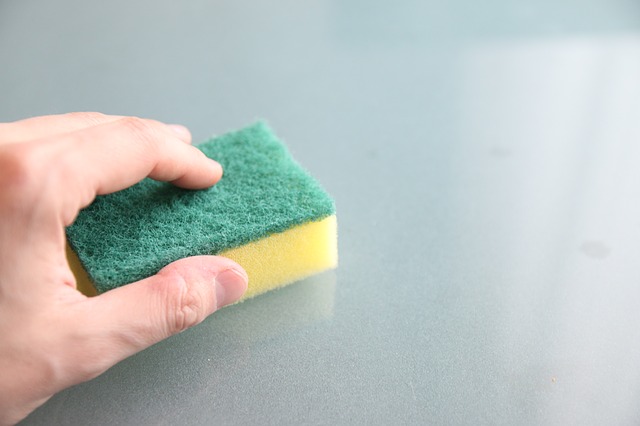
If you want the short answer as to how C. diff. transforms from harmless to harmful, then the next paragraphs will explain it. Or, put another way, how a bug becomes a superbug. (Hint: it requires a little help from friends…the medical community).
Clostridium difficile is common in nature and is found in up to 5% of normal, healthy human beings. In that sense, C. diff. is a “good”, boring harmless commensal bacterium. Any commensal relationship is characterized by one organism living off of and with another organism and causing no harm to the host organism. Clostridium difficile is a commensal until something happens which changes the relationship. At that point, C. diff. can become a dangerous predator. How does such a “boring” rare bug become such a virulent bad actor?
How Many Bacteria Live in my Colon?
The intestines are populated with many bacteria. They are of different names, sizes and quantities. What is a “large quantity?” The colon is populated with trillions of different bacteria. Of all of the bugs that inhabit the colon, Clostridium difficile makes up a very small fraction of the population.
The term used to describe the overall population of intestinal bacteria is microbiome. Clostridium difficile is a part of the human microbiome.
In one gram of colonic fluid, there may be up to ten trillion bacteria and there are as many as 750 different types of bacteria. Bacteria make up over half of the mass of stool. While most of the bacteria are of the anaerobic type (they do not require oxygen), in the cecum (the beginning of the colon), where Clostridium difficile tends to live, many of the bacteria are aerobic (requiring oxygen to live). These aerobic bacteria successfully compete with the anaerobic bacteria and thus, keep the population of anaerobic bacteria (and C. diff.) to a minimum.
Before considering how a C. diff. infection begins and progresses, it is worth noting that once an infection begins, the symptoms (diarrhea, abdominal pain, rectal bleeding) are caused by C.diff. toxins. They are described as enterotoxin (type A) and cytotoxin (type B). There are other, less well understood toxins. The toxins are detected in the diarrheal stool of those afflicted with C. diff.
From Healthy to Not Healthy
How did a seemingly healthy individual become infected by a usually benign bacterium?
Perhaps the single most important step in the development of symptomatic disease is the rapid decrease in the number of normal bacteria in the colon. As the normal numbers of bacteria decrease, the numbers of abnormal bacteria increase. This commonly occurs in the beginning of the colon, in the part known as the cecum. This decrease sets the stage for what is to come…a potentially virulent and life-threatening colonization of the colon with pathogenic Clostridium difficile.
Working backward to the beginning, it is crucial to understand that the bacteria are passed from feces to the gut via the fecal-oral route. Spores of the C. diff. can survive for great lengths of time in our surroundings, especially in hospitals. These spores are unaffected by common alcohol-based cleaners. Cleaning of surfaces does not eliminate the threat. It is thought that up to 15% of hospitalized patients acquire C. diff. And, the longer the stay in the hospital, the higher the rate of infections. The same holds true for nursing homes.
Once the spores are consumed (usually from infected hands), they pass into and through the stomach. They germinate in the colon. Bile acids allow them to become growing, reproducing cells. However, this alone does not cause disease. There are risk factors.
Sometimes Antibiotics are Not Your Friend
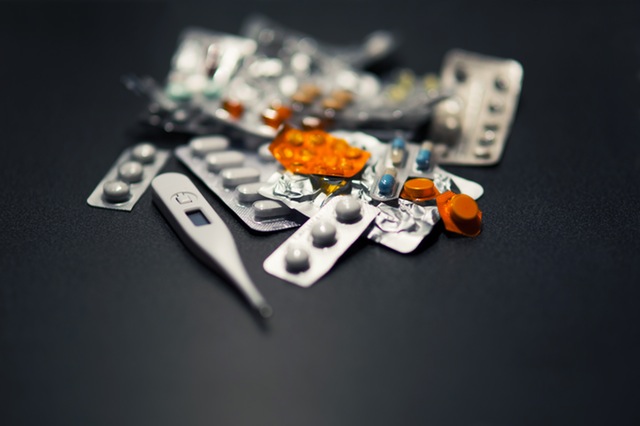
The best understood and most common risk factor is the use of antibiotics to treat other diseases. Antibiotics can decrease the number of usual bacteria in the colon. The bacteria are also changed in their ability to grow and survive normally after antibiotic treatment. The remaining, previously normal bacteria are so reduced in number and functional ability, that they cannot compete normally for those life-sustaining colonic nutrients necessary for life. As a result, the C. diff. bacteria begin to multiply and overwhelm the normal colonic bacteria. When they produce toxins, an intense, life changing or life threatening symptoms and disease.
The commonest cause of an unchecked Cdiff. infection is the use of antibiotics in the hospital setting.
Other risk factors include hospitalization or nursing home living, even if the infected patient has not been taking antibiotics. Although far from being an established as a contributing factor to a C. diff. infection, the widespread use of anti-ulcer medications such as proton pump inhibitors, and H2 receptor blocking drugs is increasingly being found to be associated with a C. diff. infection.
In a nutshell, the growth of a previously benign and harmless bacteria is facilitated by the absence of competing bacteria, allowing the invading bug a leg-up in the competition.
Sometimes Antibiotics Are Your Friend
Interestingly, even though antibiotics can cause a C. diff. infection, antibiotics can also cure the infection. And, rarely, when antibiotics do not cure your problem, healthy bacteria from a volunteer can be transplanted into the colon to allow the normal, healthy bacteria to repopulate the colon. This is known as fecal microbial transplantation (FMT) It is performed by specialists. I will discuss FMT in a future post. For now, if you wish to learn more, visit PLF’s partner organization, the Fecal Transplant Foundation. Suffice it to say that Clostridium difficile is curable.
If you suspect that you are suffering from C. diff., consult your personal physician or specialist. C. diff. is curable.

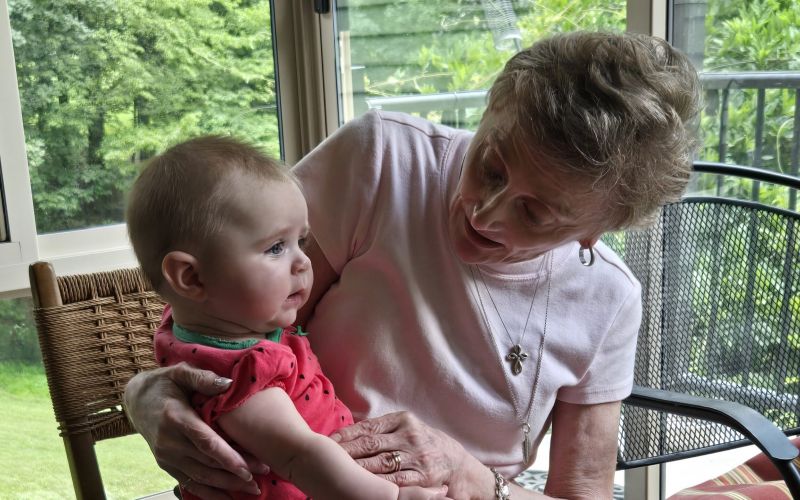
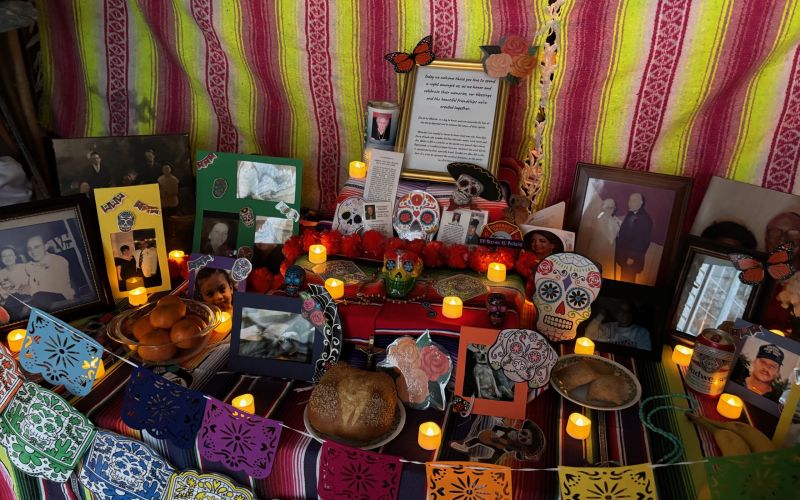
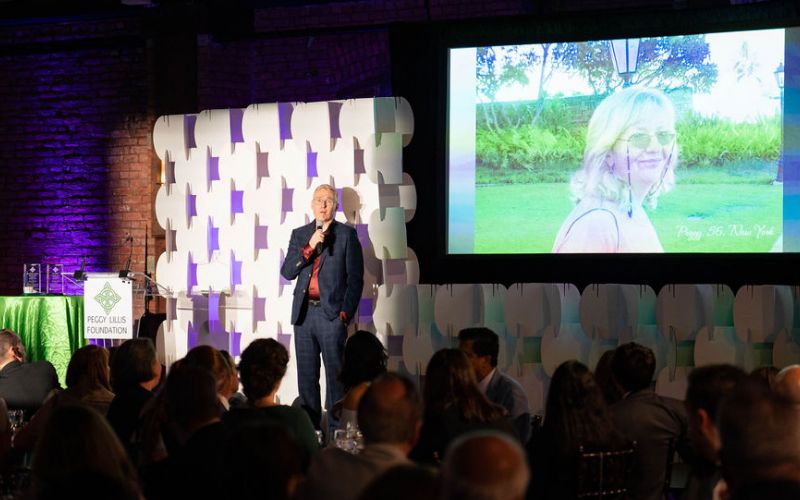
What a positive note to end on: “C. diff. is curable.” Thank you for this easy-to-understand, helpful (and hopeful) information.
My husband died from C.diff. after having IV Clindomycin, & IV Rocephin. He only had one dose of each for a question of a septic elbow. 15 days later he was dead. The C.diff. destroyed his whole colon. He had his whole colon removed but it was too late.
If the bacteria normally existing in your colon is replaced with the bacteria of a parasite the patient has, this might give c diff a way to take over. Parasite victims often have every symptom of their parasite, however some if not most of these patients do not test positive for a parasite. Does the presence of c diff in the symptomatic patient indicate the very real possibility of a parasite? C diff might give the evidence needed to finally diagnose a parasite, despite the fact c diff is a terrible thing to have.
Ive suspected I have a parasite for almost a year. Everyone in my family and medical field think im crazy. So Ive suffered in silence. Now im on my third day in the hospital with cdif. Is there hope that maybe now someone will listen?
Hugs
Why would you ask about parasites? Did this happen to you?
C-Diff bacteria may be a parasite?
After suffering for three weeks with bloating, diarrhea, and blood in my stool, I was finally put on an antibiotic. This was after going to the doctor three times. I’ve never experienced the pain in my stomach and weakness as I have now. My faith in the medical profession has diminished. I realize that not all doctors are as negligent as the two I saw, but it’s disheartening to know that some are out there not listening to what their patients are saying to them. I’m not sure how I acquired cDiff, but I do have a blood disorder, ulcer, IBS, diverticulitis, and an immune deficiency. My point to everyone is fight for yourself until someone truly listens. Funny, even after having a stool specimen, it took my doctor one week to prescribe my medication. Needless to say, I will no longer use this doctor. My journey begins finding a compassionate physician who will truly listen to you. I advise any and everyone to be your own best advocate. It may take more than one doctor to “listen,” but never give up. You know your body better than they do. Good luck to all. I pray each day that this hasn’t done any permanent damage to my intestines. Fight til some hears you!!!